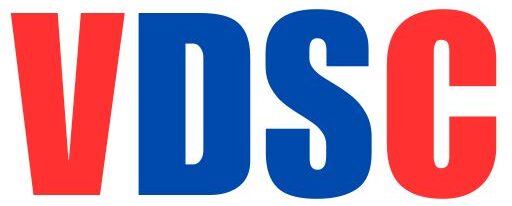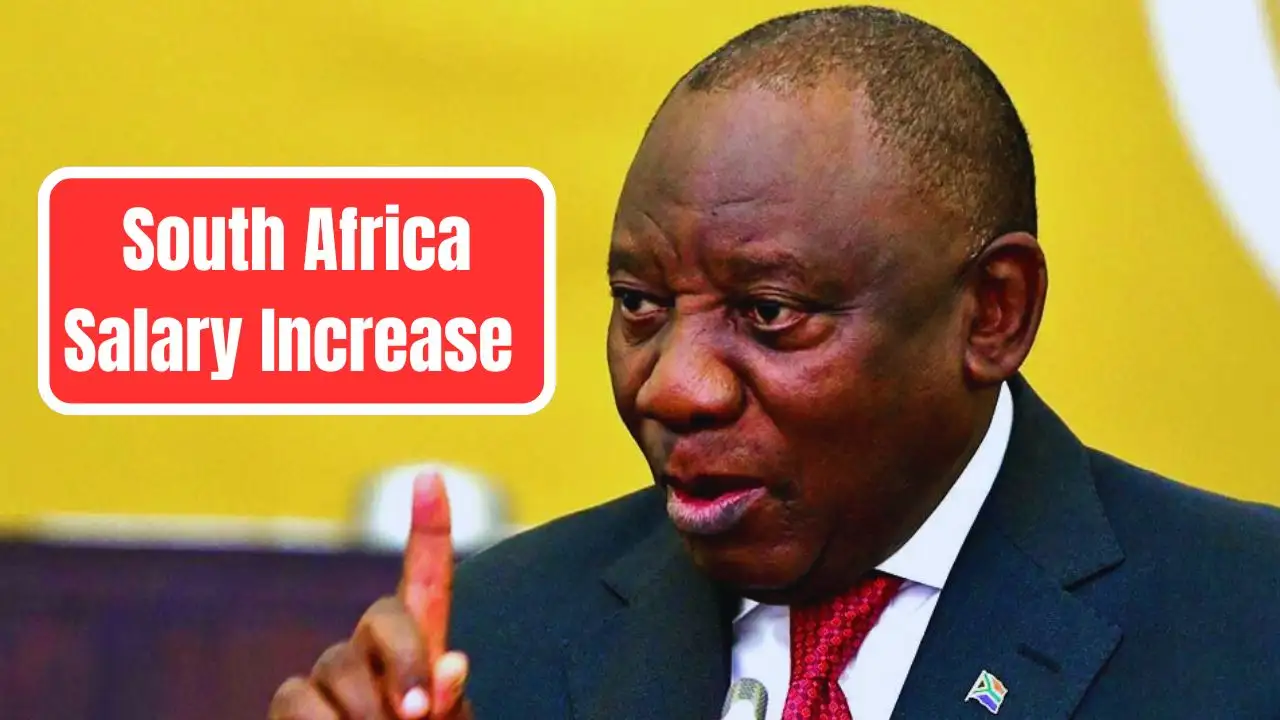As South Africa evolves and progresses with the times, salary trends certainly have become a major talking point among both employees and employers. With the year 2025 being fast-approaching, discussions about salary projections gain momentum. This is an exploration of forecasts pertaining to the 2025 salary mix and is delving into trends while discussing the broader context and reasons that are triggers of pay scale adjustments in South Africa.
Understanding All the Motives Leading to Increment in Salary
Optimal salaries in South Africa usually reflect a conjuncture of factors that, on the one hand, push salaries up and, on the other, push salaries in the opposite direction. Some of these factors include inflation, economic situation, sectoral business characteristics, and probably employers. It is spelt out that the ability of a business to offer an increased salary depends largely on economic growth figures of the country (GDP). The inflation rate is usually what drives salary systems into a situation where salary increments are at least pegged to the cost of living to ensure employees’ purchasing power is protected.
Sector-specific dynamics can have variable effects on salary run-on. The sectoral growth accelerators-such as technology, finance, and healthcare-urge slightly larger increments compared to other sectors that face relatively sluggish economic growth. Furthermore, with a high union presence and strong collective agreements, built solidarity bargaining structures will engage heavily in salary agreements under this circumstance.
Predictions for 2025 Salary Hikes
So far, the prospect of general mild increments though the selected sectors has been predicted for 2025 in South Africa. The average expected salary increment is likely to dwell between 5% and 7%, somewhat parallel with the expected inflation. As in the past, this has been the trend: companies, as a matter of policy, were offering increments above the inflation rate in order to retain and keep attrition at bay.
In sectors under high demand like IT, engineering, and financial services, salary bumps have been expected to surpass the average estimates of 8 to 10%. Conversely, industries that are experiencing rough times, like mining and manufacturing, are likely to say, notwithstanding, that they stay low as compared to others, mainly because of that industry’s challenges.
History of Pay Scale Increments
Looking into the past provides a further basis to say how salary increments in South Africa have or have not evolved through the years. With the average being generally 5%-6% annually in the past decade, a shot-up was sensed occasionally during prosperous years. However, during downtimes or high inflation periods, changes were usually much tingled, indicating the pressure mostly on revenue of some businesses.
For instance, many organizations failed to offer increases in the wage bill to their employees during the COVID-19-induced lockdown period. When the economy resumed post lockdown, these companies cautiously entered into renegotiation for salary increases. This might indeed show the impact macroeconomic trends have on salary trends.
Key Challenges in 2025
Even when pay increments are in sight, a multitude of obstacles is to be observed. High and chronic unemployment, economic inequality, and sluggish economic growth persistently affect the labor market. The most significant company bordering might be the agonizing act of applying just remunerations and unsure financial bottlenecks. Furthermore, an increase in power energy and probable discontinuities in global supply chains might also lead to another wave of business distress.
Employee Outlook and Strategies for Retaining Employees
Employees in 2025 may remain hopeful; ideally, their salary increments should consider inflation and relate toward company achievements. Companies may need to generate some fresh strategies to retain talent in an unbearably competitive job sphere, such as enhancing benefits and flexible work arrangements, on top of the salary increment.
Conclusion
The future doesn’t exactly promise hefty increases in salaries for 2025; the hikes are expected to maintain some feel to the inflationary trend and the realities of the economy. While the peak raises may abate the field of 5% to 7% (or perhaps further) due to overall relativism, some sectors may lean at higher rates as per specific growth matters and labor demand. By mid-way tracking historical timelines and weighing those factors that determine why the landscape would change, both employers and employees now set themsel better for the corresponding changes in the economy.
Should there happen to balance some critical advocacy this time period, both salaries of 2025 in S.A. will probably have been projected toward the glassy target of practicing some good prudence in staffing sublimated against the power secured in compelling skilled peop

